How to Make Aesthetic Poem Art Online
Since we consume nearly everything online, creating your poem art digitally is the best way to put your work on front of the biggest audience. In this article, I'm going to go over the best tools you have at your disposal to create custom poem art from scratch, all for free and online.
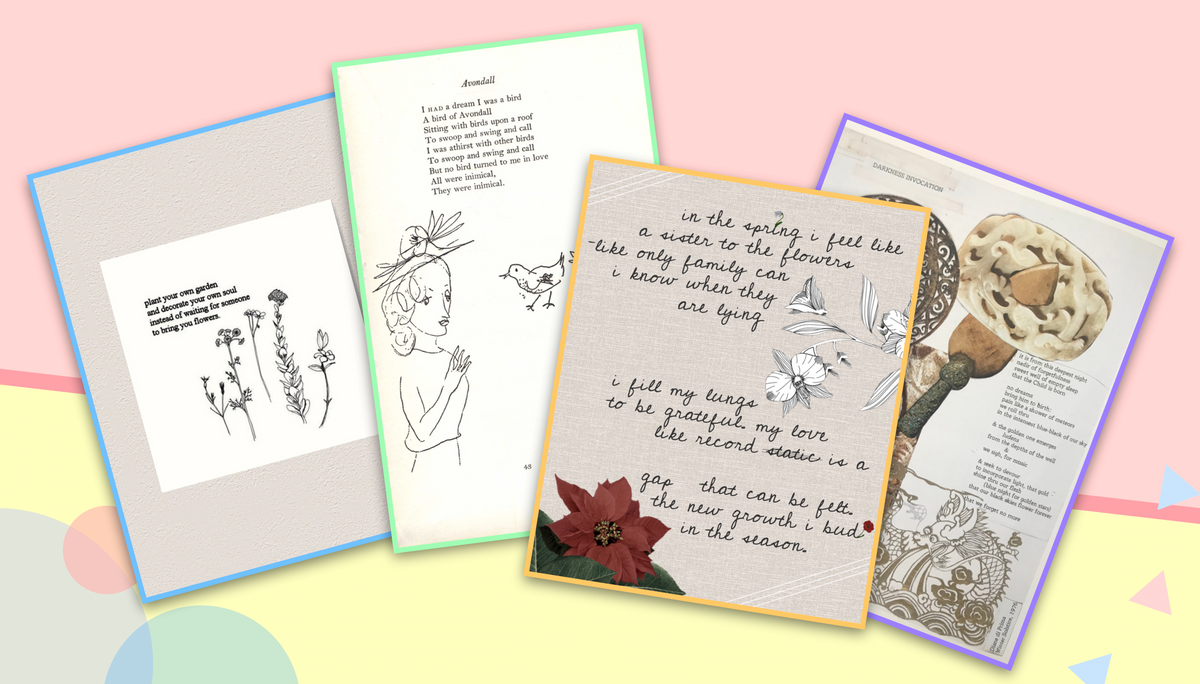
Visual arts and poetry have been around for as long as language itself, and they go together as naturally as pen & paper. While there is a contemporary poem-art aesthetic that has been developed in Pinterest boards, Tumblr pages, and Rupi Kaur books, poetry and art have accompanied each other since prehistory.
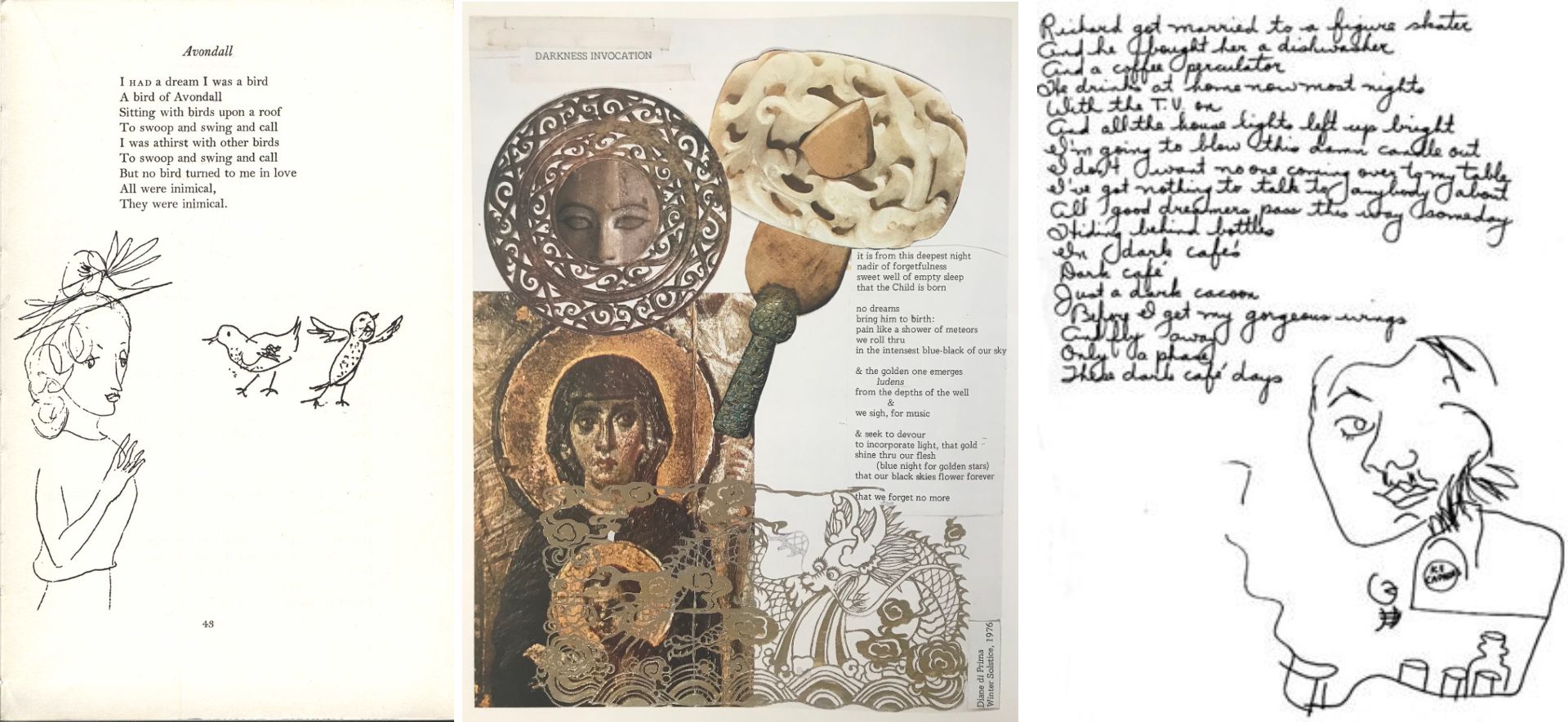
Poem art isn't only for books, posters, or scrapbooks – since we consume nearly everything online, creating your poem art digitally is the best way to put your work on front of the biggest audience. Some poets have shared their work by making Instagram graphics, website carousels, posters, and prints that make their words into a beautiful design. Here's an example of an Instagram Account, @ink_n_link, that puts poems on top of a colored background.
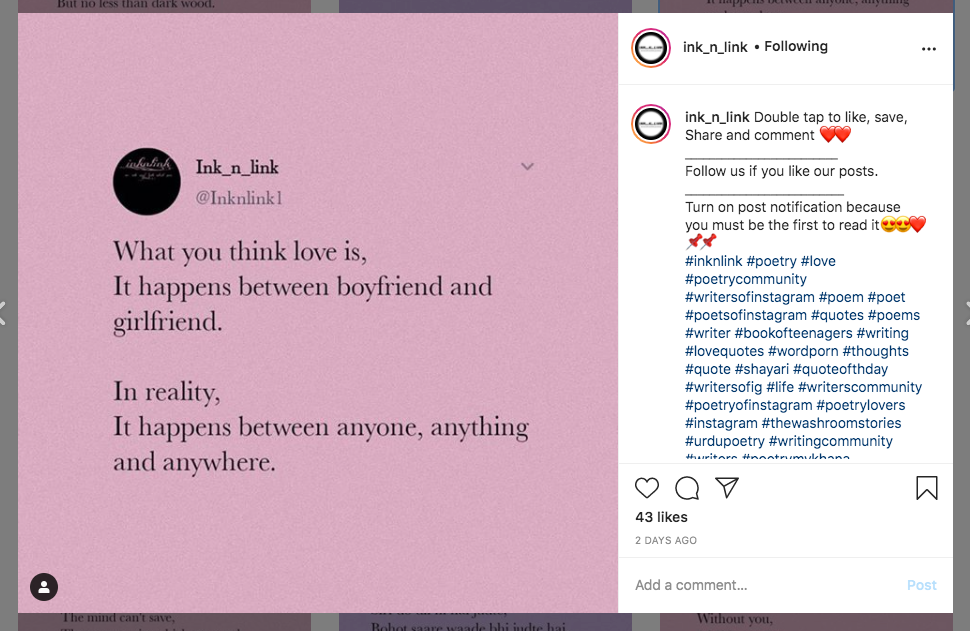
Others, like Shreya Maurya, share one line of a poem and put the full poem into the description or comments. Check out hashtags like #poetrycommunity and #poetsofinstagram to get more aesthetic inspiration.
In this article, I'm going to go over the best tools you have at your disposal to create custom poem art from scratch, all for free and online. Let's get started:
- Format your poem
- Add a custom background
- Structure your poem artistically
- Consider using photos
- Make your text special
1. Format Your Poem
In most cases, your first step should be to format your poem on a blank canvas. Depending on what your vision is for your poem art, this may involve simply copying and pasting your poem into a text box. For an editing software that gives you full control over your poem art, I recommend using Kapwing, because it allows you to use any media you need with high-level customization and editing tools.
To begin formatting your poem on a blank canvas, go to Kapwing.com and click "Start editing." Here, start with a blank canvas. You can choose a size and color
Once you have your digital paper set up, add the poetry text directly to the page. Select "Text" in the upper toolbar to add text boxes and type the poem one stanza or line at a time. You can then format your poem on the canvas using as many text boxes as you need, each with custom font, color, position, style, angle, outline, and even custom glow and drop shadow effects. Here's an example using an excerpt from one of my own poems:
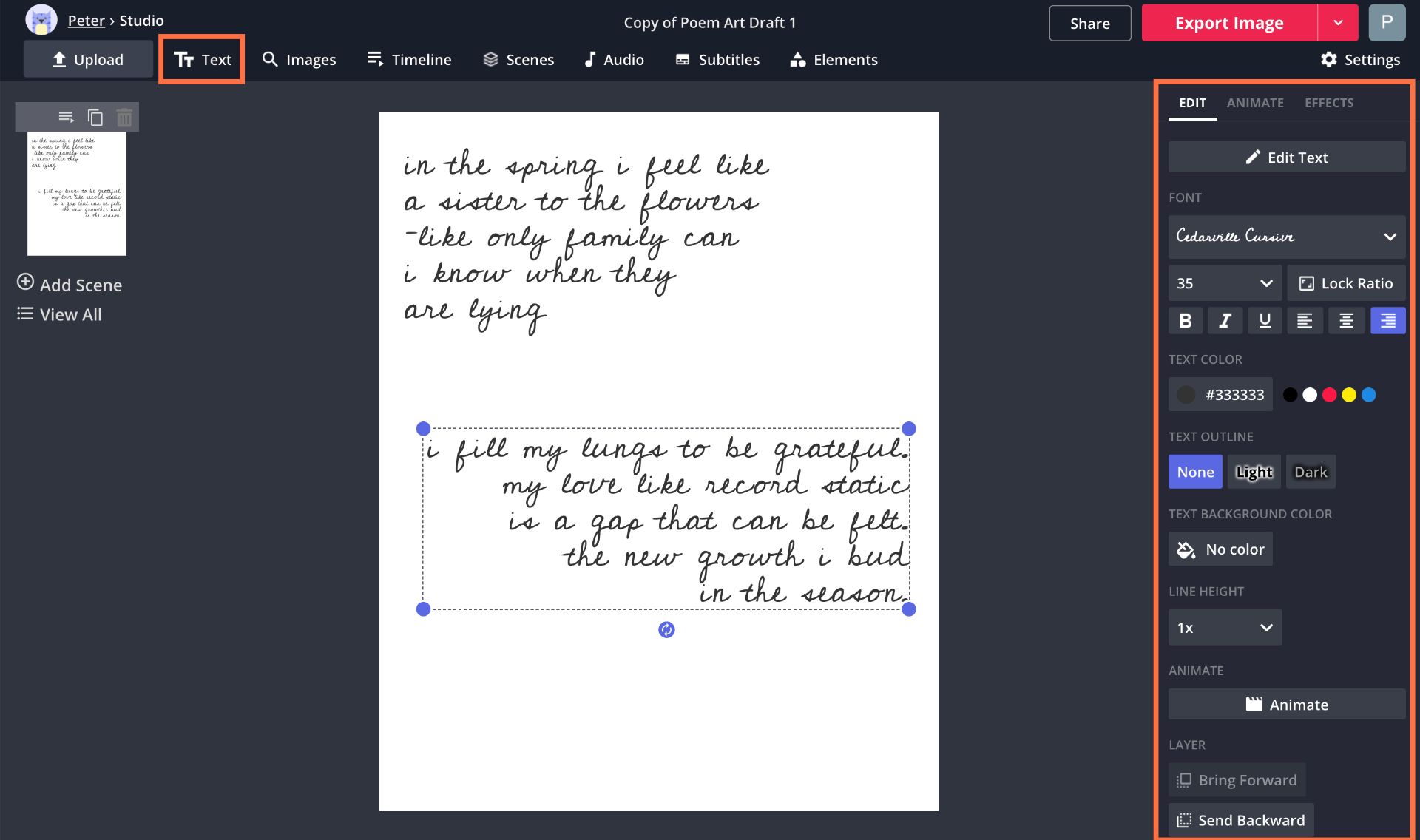
2. Add a Custom Background
The most popular, conventional types of poem art tend to feature a minimalist canvas, with nothing but simple drawings and text in frame. But there's a lot of opportunity to do more with your poem art, especially if you're working digitally. For books or handmade pages, a blank white background is expected, but you are able to work with much more complex and varied backdrops on a digital canvas.
The best custom backgrounds for your poem art are most likely simple textures or atmospheric landscapes. In the Kapwing Studio, you can upload any background textures and images you want from your own device, or you can click "Images" to search the web for any background images you would like to use. Here's an example of an atmospheric, high-quality background that enhances the mood of the poem without distracting from the text.
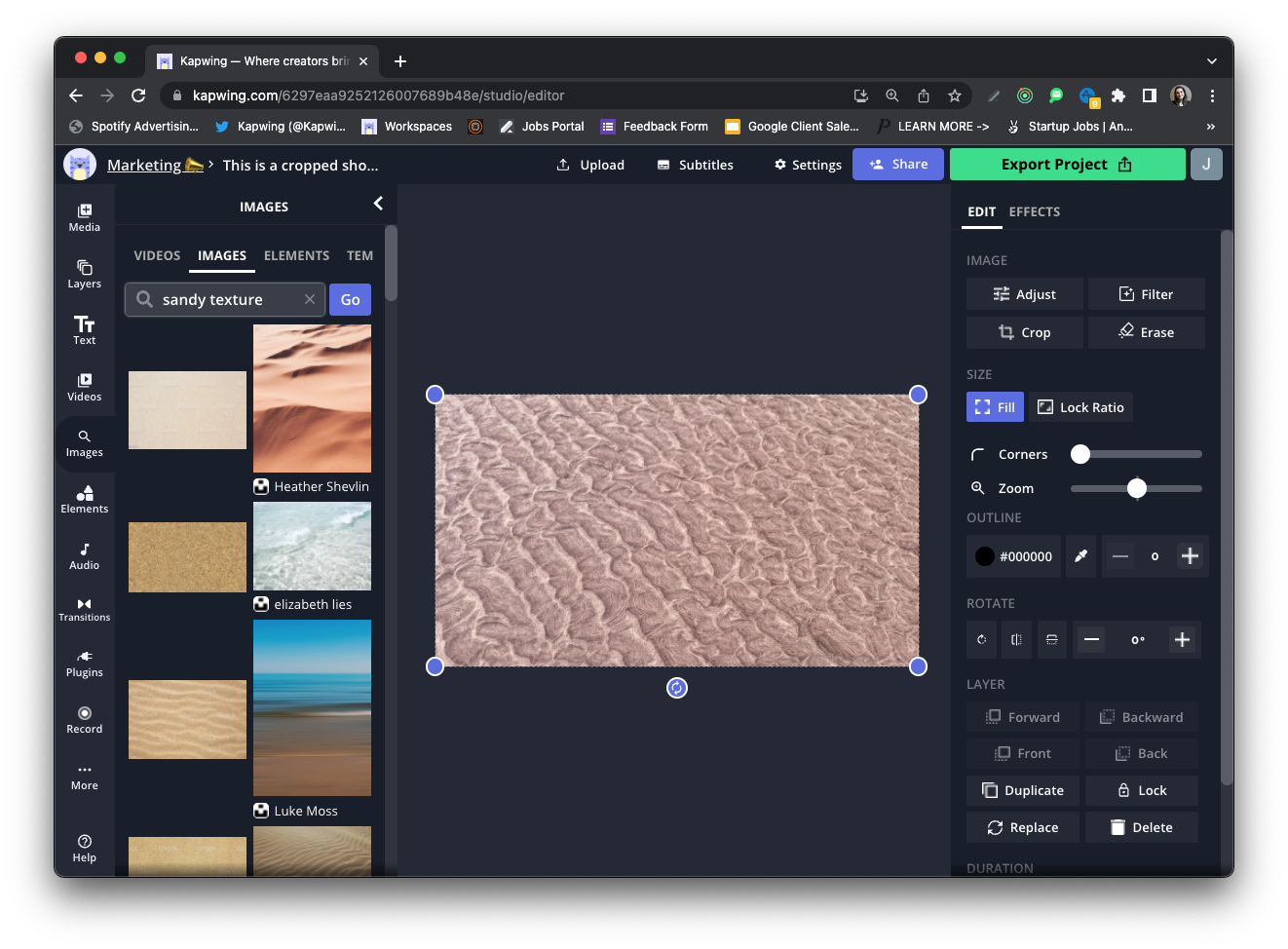
3. Structure Your Poem Artistically
Some poets are incredibly inventive with the visual forms of their poetry, and make the visual formatting of a poem one of its most distinctive, meaningful elements. Even if you don't often make your poems' visual forms a major part of your writing process, making art with your poems opens up new opportunities to experiment with your formatting.
The art you add to your poem's canvas can help you create engaging, distinctive visual forms for your writing. Here I tried to break lines and stanzas with the visual elements of the art, rather than the other way around.
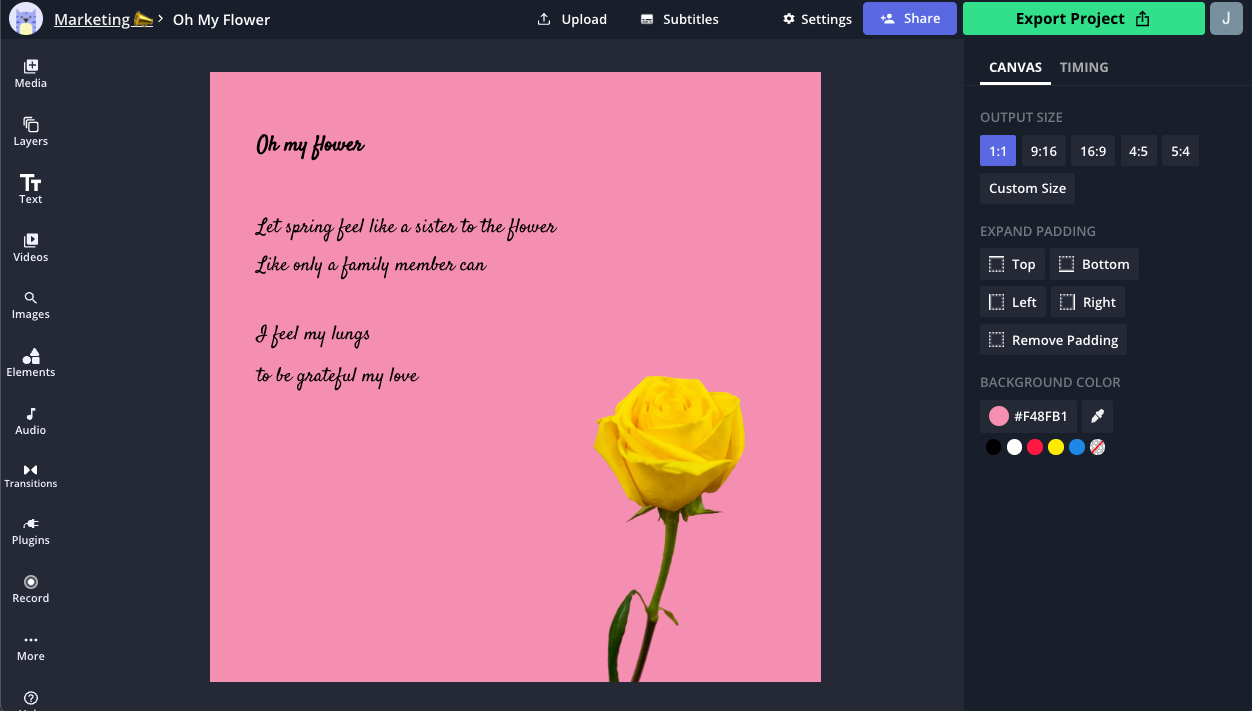
4. Consider Using Photos
When you think of poem art, you typically will think of drawings, designs, paintings, or textual modifications. But when you create digital poem art, photos can be used to great effect, especially when creating collages on a blank or textured canvas.
For the best effect, especially for collages, I recommend working with transparent, freeform images with their backgrounds removed. There are a couple ways to accomplish this: searching for photos on the web by clicking "Images" in the Kapwing Studio, or adding your own photos and removing any parts you don't want on the canvas. Check out a simple example using poinsettias with the background removed in the Studio.
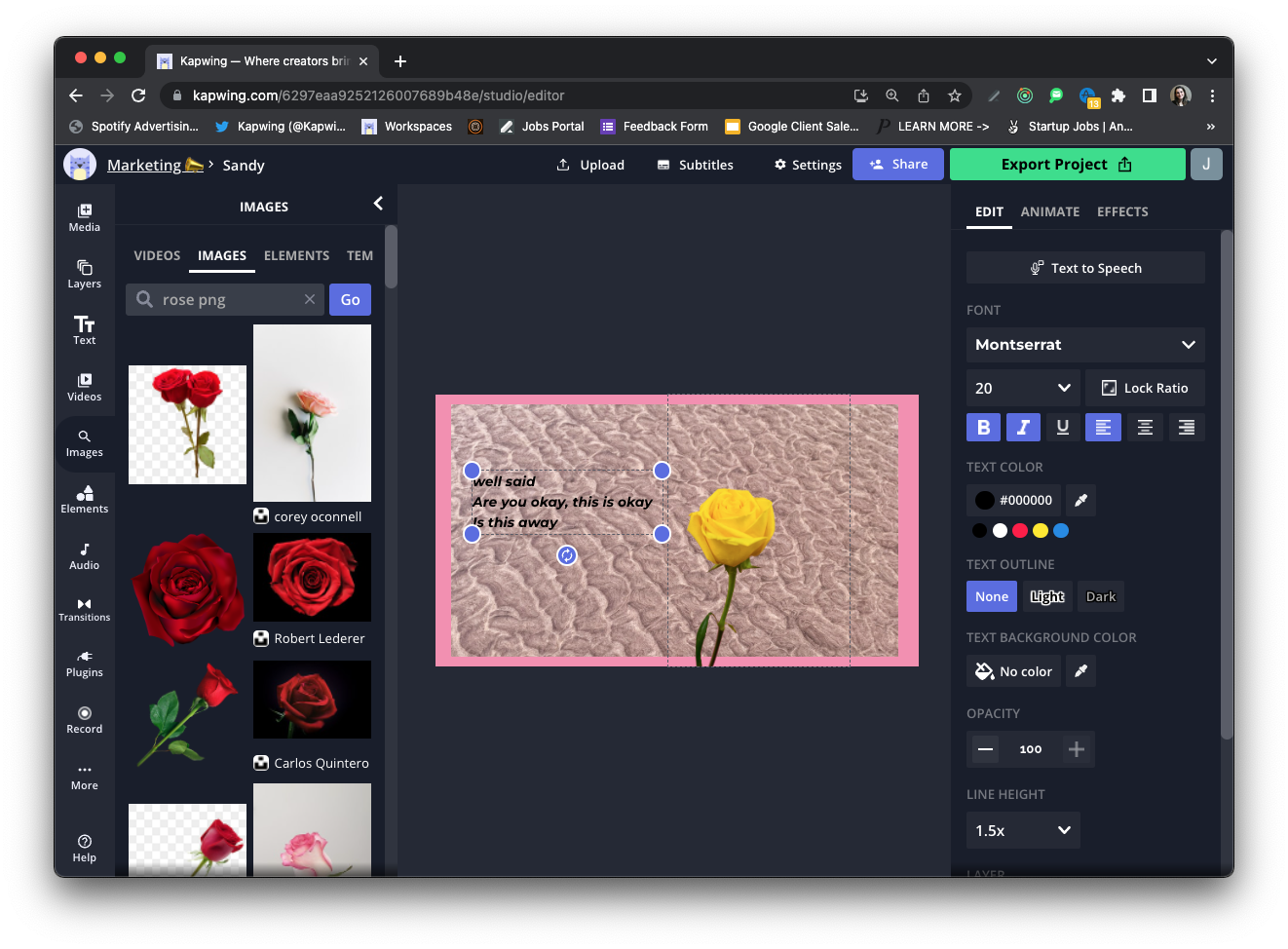
5. Make Your Text Special
Poem art is an incredibly broad set of multimedia visual art forms, so it doesn't merely mean typed text with visual elements added. To make original & compelling poem art, you can also use physical mediums to sculpt and display poetry. This has been a complex, developed concept for hundreds and hundreds of years, including brilliant examples like ancient floriated Kufic script:
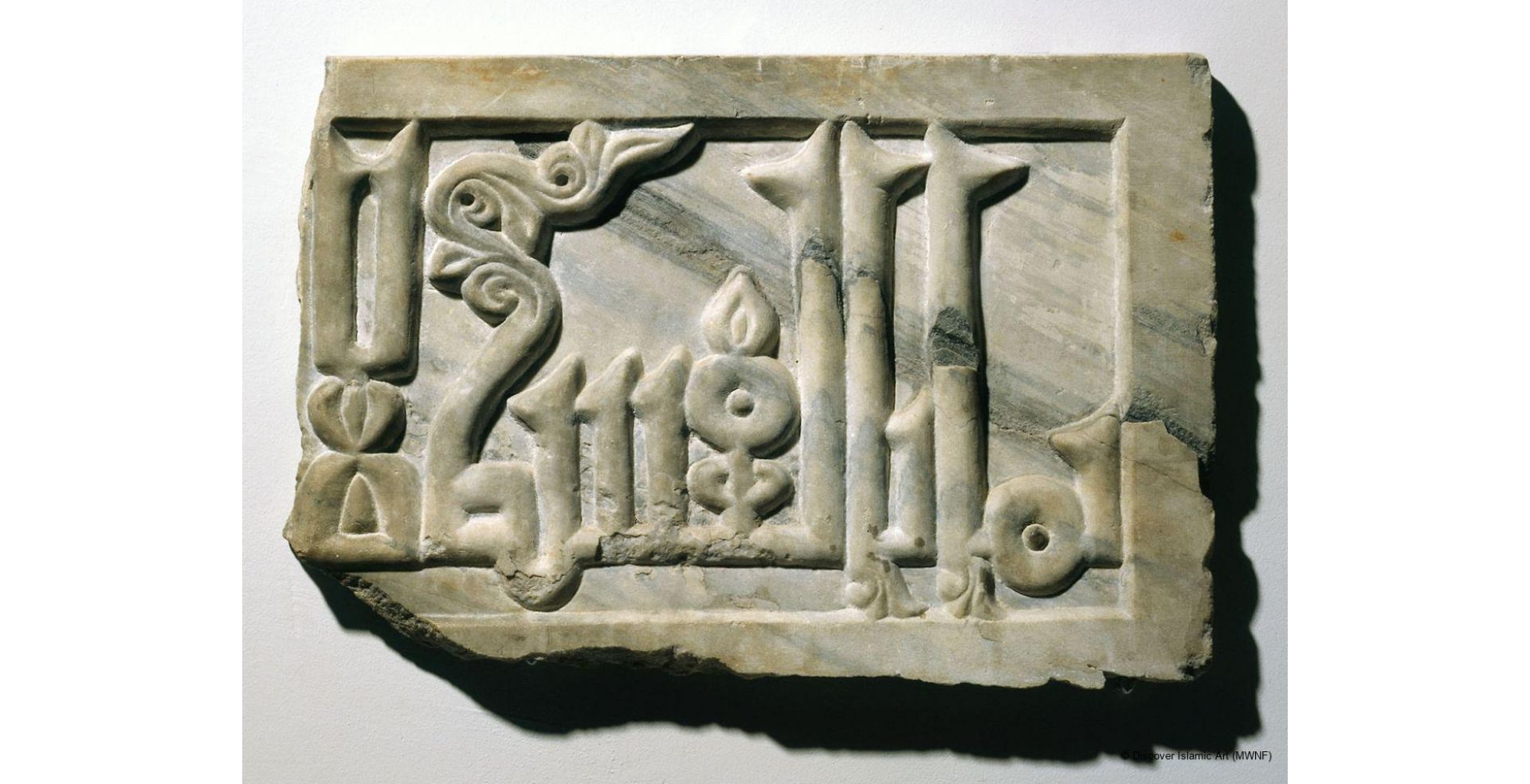
You don't need to pour hours into an illuminated manuscript, though. With digital tools, you can add precise edits and minor modifications to your text itself. Here's a basic example of photos added to specific letters to add a hand-made touch:
I hope this article has given you some useful tips for creating your own poem art, and some inspiration for the techniques you can use for your own poetry projects. For further updates, tutorials, and features, subscribe to Kapwing App on YouTube or follow us on Twitter @KapwingApp. In the meantime, check out these related articles on art and hobbies:
• Free Online Mood Board Creator
• 5 Editable Pastel Color Palettes
• How to Make Cover Art for Your Podcast
• How to Animate Online









